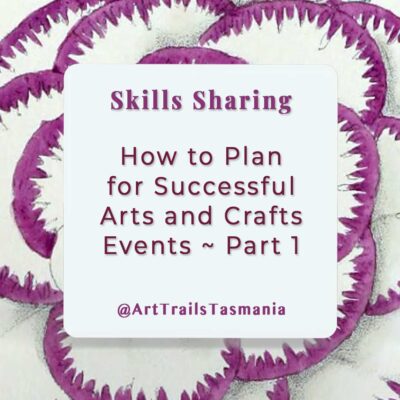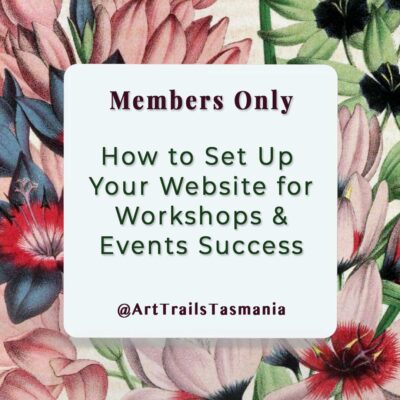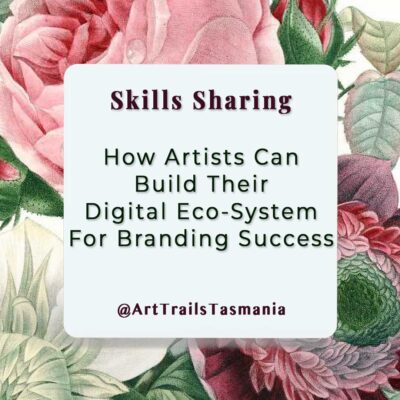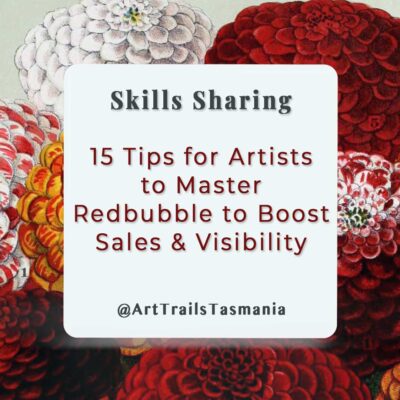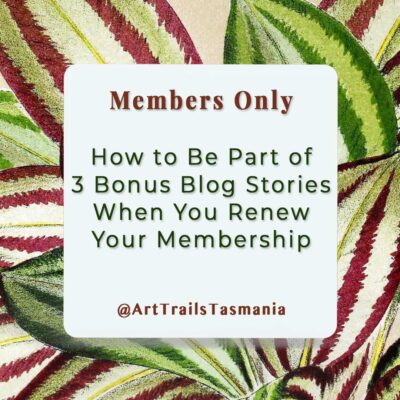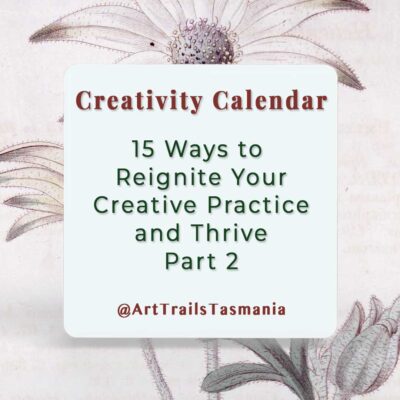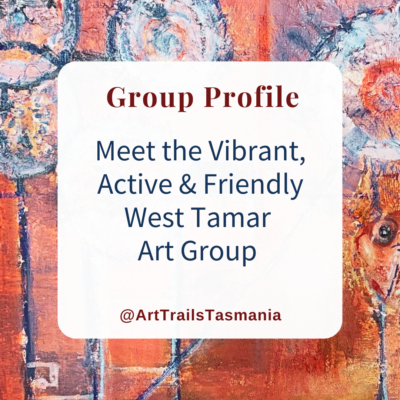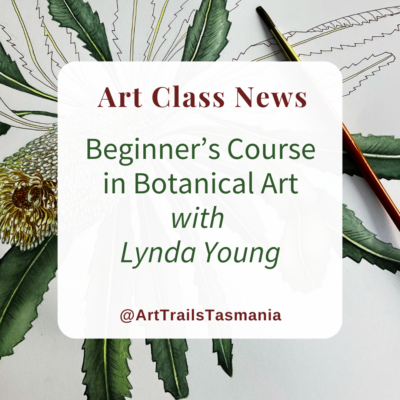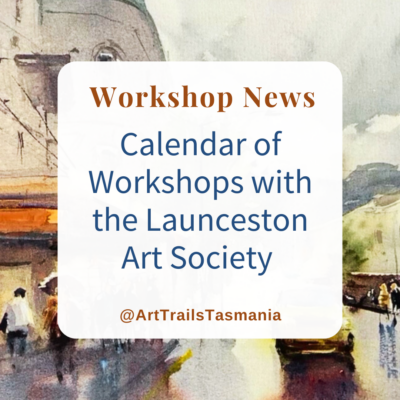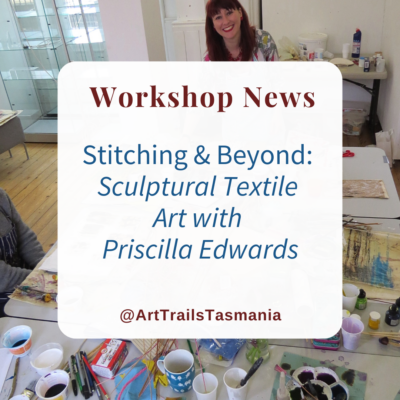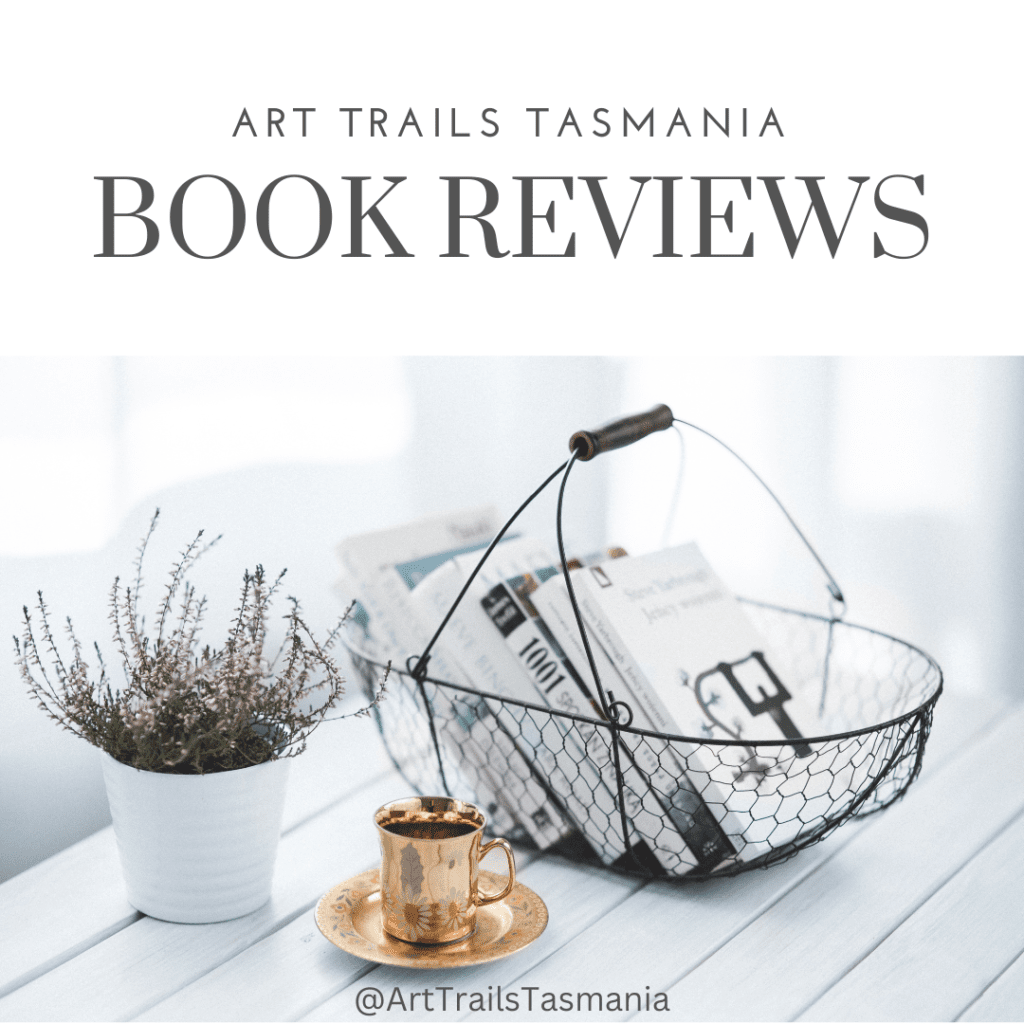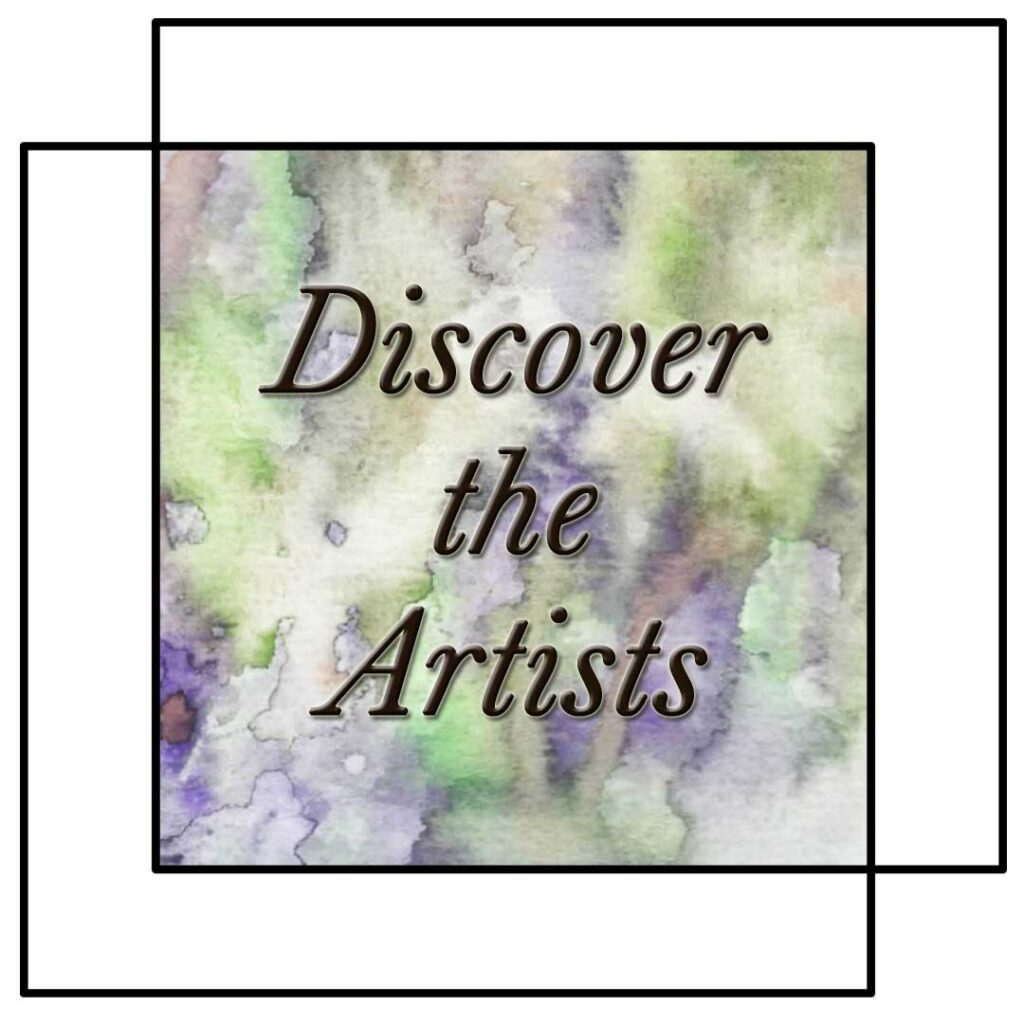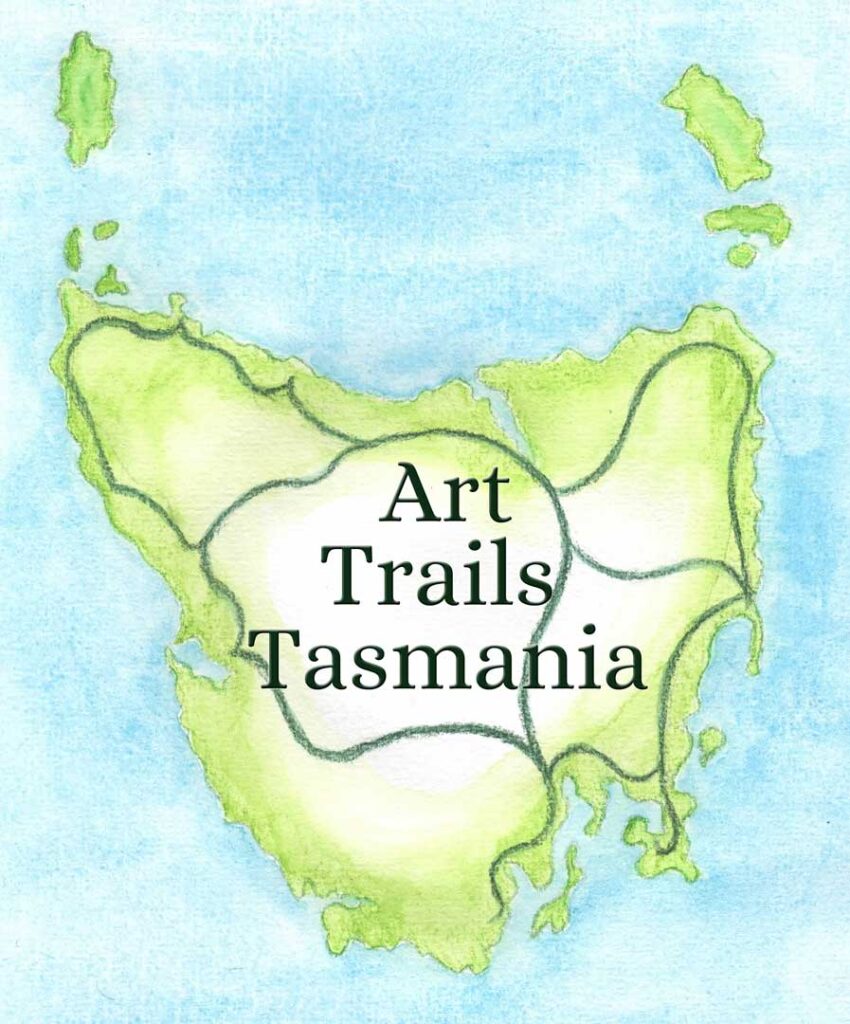Why Art Feedback and Critique for Artists Truly Matter
Art feedback and critique for artists are essential to every creative journey.
Whether you’re a painter in Hobart, a ceramicist on the North West Coast, or a fibre artist in the Huon Valley, thoughtful critique can be the difference between stagnation and growth.
Artists often work alone, and without regular, constructive feedback it’s easy to lose perspective or fall into familiar habits.
This story – Part 1 of our two-part series – explores why feedback and critique are vital for growth, showing how they reveal blind spots, refine intention, and build confidence.

In Part 2, we’ll move to the practical side, offering ten real-world tips on how to create or join safe, supportive circles that make critique a natural, energising part of your art life.
Read on to discover why understanding why is the foundation of doing how well.
The Quiet Challenge of Working Alone
For many creators, long hours in the studio are both a blessing and a burden.
Solitude provides focus but can narrow your viewpoint. Over time, even the most dedicated artist may become so close to their work that they stop truly seeing it.
That’s where art feedback and critique for artists plays a transformative role.
Thoughtful critique acts as a mirror, reflecting back not just your skills but also the subtleties you may overlook.
It bridges the gap between what you believe you’re expressing and what others actually perceive.
Critique Builds Clarity and Confidence
When handled with care, feedback doesn’t diminish creative confidence—it strengthens it.
Constructive art feedback and critique for artists helps you articulate intent, evaluate success, and make informed creative decisions.
It gives you language for what you’re trying to achieve, which in turn builds conviction when presenting or selling your work.
Learning to listen objectively also nurtures emotional resilience.
The more often you engage in critique, the easier it becomes to separate your identity from your artwork.
That emotional distance is not detachment—it’s professionalism.
Why Art Feedback and Critique for Artists Differs from Casual Opinion
Not every opinion qualifies as critique. A quick “I like it” or “It’s not my style” rarely helps an artist grow. Proper art feedback and critique for artists is rooted in observation, context and empathy.
A strong critique considers composition, materials, balance, emotion and meaning. It looks at how effectively the piece communicates the artist’s vision. Constructive feedback avoids prescriptions; instead, it asks thoughtful questions:
- What feeling were you aiming to create here?
- Does this colour choice support your story?
- How does the scale affect viewer engagement?
In this way, critique becomes collaboration – a dialogue that helps both giver and receiver think more deeply about art.
Community Connections: How Art Groups Strengthen Feedback Culture
One of the richest sources of art feedback and critique for artists is membership in a local art group or society.
Across Tasmania and throughout Australia, community art groups provide vital opportunities not only for exhibiting but also for sharing, reflecting and growing together.
Regular meet-ups or critique sessions within these groups create a safe, structured environment where members can present current projects and receive constructive insights.
The benefit extends well beyond technical advice: you gain friendship, accountability and encouragement.
Being part of a group or society offers:
- Exhibition opportunities that expand visibility and confidence.
- Workshops and skill-shares where you learn fresh techniques.
- Art retreats that deepen relationships and recharge creativity.
- Peer support that transforms isolation into belonging.
Within such environments, feedback is not something to fear—it’s an act of shared learning.
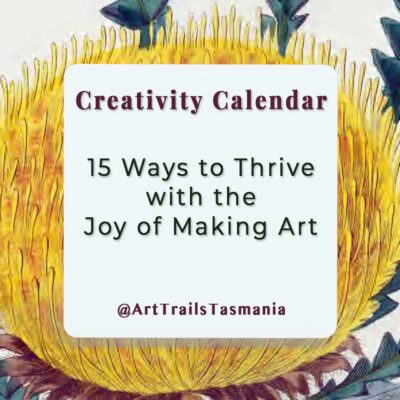
The Joy of Making Art
Explore 15 ways to thrive with the joy of making art so you grow as an artist and maker, explore your creativity and have more joy with Art Trails Tasmania.
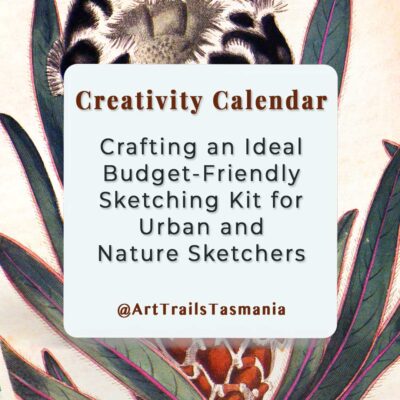
Crafting an Ideal Budget Friendly Sketching Kit for Urban & Nature Sketchers
Essential tips for crafting your ideal sketching kit. Balance joy & practicality with brushes, palettes & budget-friendly supplies for urban & nature sketching.

Unlocking Joy with 12 Reasons Why Creative Workshops Transform Lives with Inspiration
How art and craft workshops brings immense joy and fulfilment, serving as a vital counterbalance to the everyday grind in this Creativity Calendar Art Trails Tasmania story.

How to Flourish Financially and Creatively with Markets and Fairs Part 1
In Part 1 of our series we look at how markets and fairs can be a great way to bring in money and grow creatively.

Explore Charity Collaborations for Community, Growth and Connection Part 1
Here’s why you should boost your art career & artist profile with Charity Collaborations. Support good causes, gain exposure, & connect with like-minded audiences.
Seeing Differently: Sharpening Perception Through Critique
Repeated exposure to honest, respectful feedback improves how you see, both your own work and others’.
Artists who regularly participate in critique develop sharper visual awareness.
A painter might notice how negative space adds tension; a printmaker might discover how paper tone alters mood.
Engaging with art feedback and critique for artists encourages continuous questioning: Is my message clear? Does the material serve the idea? What could I refine next time? Over time, you internalise this dialogue, becoming your own best critic.
Turning vulnerability into creative strength
Inviting feedback means revealing something personal. It can feel risky to show unfinished or uncertain work.
Yet those vulnerable moments are where artistic leaps occur. Each critique session teaches you that openness invites insight.
In supportive environments—especially within art groups and societies—artists learn to reframe vulnerability as bravery.
It’s not about exposing weakness but demonstrating a commitment to growth. Over time, critique becomes less about approval and more about curiosity.
Cross-Pollination and Collaboration
Constructive art feedback and critique for artists often sparks collaboration.
A ceramicist may respond to a painter’s colour suggestion by experimenting with glaze layering; a textile artist might adapt a printmaker’s approach to pattern.
When artists from different disciplines exchange observations, they challenge each other’s assumptions and open doors to innovation.
This cross-pollination nurtures creativity in ways solitary work rarely can.
Maintaining Your Artistic Compass
While feedback is invaluable, balance is essential. Not every suggestion will suit your intention, and consensus should never replace conviction.
Healthy art feedback and critique for artists informs decision-making—it doesn’t dictate it.
Think of feedback as raw material. You can shape it, test it, or set it aside.
As you gain experience, you’ll sense which insights align with your vision and which to leave behind.
Far from diluting individuality, critique sharpens it by clarifying what truly matters to you.
The Lifelong Habit of Learning
Engaging in continuous critique builds a mindset of lifelong learning.
It encourages adaptability and humility, qualities that sustain artists through shifting trends and technologies.
Many established artists attribute their evolution to the feedback cultures they nurtured early in their careers—studio discussions, peer reviews, society meetings.
They understand that artistry isn’t a destination but an ongoing conversation between maker, material and audience.
Preparing for Part 2: Putting Feedback into Practice
Now that you’ve explored why feedback and critique matter so deeply, you’re ready to learn how to make them work for you.
In Part 2 – “How to Give and Receive Feedback and Critique Effectively”, we’ll share ten practical tips to help you:
- Form a peer critique group or join an art society,
- Create a safe, respectful feedback space, and
- Apply insights while staying true to your creative voice.
These steps will show how art feedback and critique for artists can become one of the most rewarding habits in your creative life.
Final Thoughts: Embracing Growth Through Connection
Art is communication, and communication thrives on exchange.
Every conversation about your work—whether in a gallery, a workshop, or a local society hall—is an opportunity to learn.
When you embrace feedback with openness and grace, you strengthen not only your art but also your confidence and sense of community.
Remember: critique is not about right or wrong; it’s about expanding perception.
So, before you clean your brushes or close your sketchbook, consider who you could invite into your creative dialogue.
And don’t miss Part 2, where we dive into the how: ten practical ways to give and receive feedback that fuels growth, friendship and lasting artistic fulfilment.
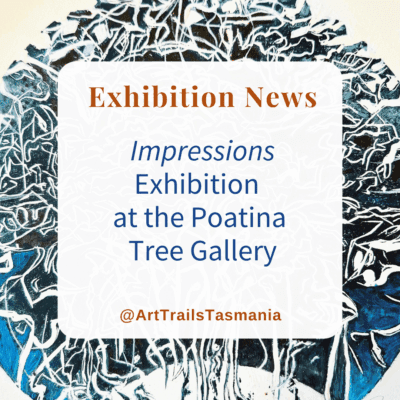
Impressions Exhibition at the Poatina Tree Gallery
Come discover the inspiring “Impressions” exhibition featuring the Newfields Printmakers at the Poatina Tree Gallery, the perfect creative day trip!
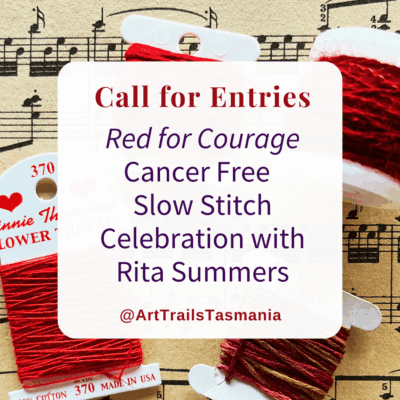
Red for Courage Slow Stitch Celebration with Rita Summers
Be part of this unique call for entries as Rita Summer celebrates being free of cancer with her “Red for Courage” exhibition and send in your slow stitch entries!
Read the Latest How To Blog Stories
Newsletters Made Easy for Artists
Crafting Compelling Newsletters for Artists & Creative Groups Newsletters are a vital tool for individual artists and creative organisations, offering a direct way to engage with your audience and build lasting relationships. However, planning out the content for...
How to Plan Successful Arts and Crafts Events
Planning and Creating Profitable Events Arts and crafts events are essential for engaging art lovers, buyers, and followers, and making them successful requires thoughtful planning and promotion. This skills story is Part 1 of a two-part series designed to guide...
How to Set Up Your Website for Workshops and Events Success
Thriving with Workshops and Events Successfully running workshops, events, classes and online courses can be an ideal way for artists and makers to create prosperous income channels. This can be the difference between surviving and thriving. Having a stall at markets,...
How Artists Can Build Their Digital Eco-System for Branding Success
7 Ways to Grow Your Digital Eco-System with Effective Branding A cohesive digital eco-system and branding approach essential for artists, makers, creative business owners, and art groups to establish a recognisable presence across multiple platforms. Here are seven...
15 Tips for Artists to Master Redbubble to Boost Sales & Visibility
Discover Redbubble: Where Artists Thrive, Buyers Explore, Creations Shine Redbubble is an online marketplace that enables artists to sell their artwork printed on various products, including clothing, stickers, phone cases, and home decor. It's a platform for both...
How to Be Part of 3 Bonus Curated Blog Stories When You Renew Your Membership
Saying Thank You to Renewing Members with Three Curated Blog Stories As a thank you for renewing your Art Trails Tasmania membership for another year I thought being part of a series of three member focused blog stories would be a delightful gift from me to you. I’ve...
Read the Latest Blog Stories and Flourish…
15 Ways to Reignite Your Creative Practice and Thrive Part 2
15 Practical and Exciting Ways to Find Your Path Back to Creativity Welcome back to Part 2 of our series on Finding Your Path to Creativity with your own creative practice! Whether you’re returning to a long-loved creative practice or seeking fresh inspiration, the...
7 Books for Creative Growth Book Review
Book Reviews for Art Lovers It is book review time with these inspiring books that are all about sharing inspiration, skills and leading you along creative paths of growth. Dive into Mastering the Art of Fabric Printing and Design by Laurie Wisbrun, The Wildlife...
Meet the Vibrant, Active and Friendly West Tamar Art Group
West Tamar Art Group: Making Art Amongst the Vineyard The West Tamar Art Group is a friendly and inclusive community that brings together artists, makers, and art lovers from across the stunning West Tamar region. Founded in 2013, the group was created to provide...
Reignite Your Creative Practice and Find Artistic Fulfilment Part 1
Finding Your Path Back to Creativity Finding your path back to your creativity, to your creative practice may seem daunting but can bring immense personal joy and satisfaction. Many members talk about in their Artist Profile story how they have the experience of...
Beginner’s Course in Botanical Art with Lynda Young
Learn and Grow with Botanical Artist Lynda Young The talented Lynda Young is sharing her abundant skills and insights in her latest free UA3 Botanical Art for Beginners Class. Starting Wednesday 12th February 10am-12 at Beaconsfield Community house in Grubb St. It is...
Explore the Launceston Art Society’s BELONGING Exhibition
You're Invited to attend the Launceston Art Society's BELONGING Exhibition The Launceston Art Society presents BELONGING, an exhibition exploring the deep connections we form with people, places, and purpose. Featuring diverse artistic interpretations of belonging,...
Workshop Calendar with the Launceston Art Society
The Latest Calendar of Workshops with the LAS The Launceston Art Society is delighted to share with you an inspiring workshop calendar. From acrylics to watercolour to coloured pencils, these workshops are all about developing your skills, whether they're new ones or...
Knitted Bracelet Workshop with Noelene Hammond
Discover the Joy in Making Knitted Bracelets This is a beginners nitted bracelet lesson. Learn how to knit your own bracelet or for a special gift. You will be using wire and seed beads in this lesson it is how to use the wire and hold the beads in place. You must...
Stitching and Beyond Presents: Sculptural Textile Art with Priscilla Edwards
Indulge Your Love of Textile Art with Stitching & Beyond in this Priscilla Edwards Workshop This is a great textile art opportunity to be inspired to take your art off the wall and into the world of 3D mixed media using found items with the Sculptural Textile Art...
Read What Our Members Say About Belonging
Join the growing, supportive artists community today and have your Artist story told here.
Belinda is doing a great job creating a professional looking artist hub online. Check out the profile I posted recently to see how well she does them. To all my artist friends let’s help make this THE go to place to discover local artists.
You won’t regret joining Art Trails Tasmania . It’s a welcoming community for creatives at any career stage.Becoming an Art Trails Tasmania member wasn’t a hard decision for me to make as it’s such a wealth of knowledge and support.Being member provides a quality way to showcase your creative endeavours and it’s quickly growing in reach.
We operate a home based picture framing business and recently joined Art Trails Tasmania as a means to giving us exposure to the wider artist community. We have almost immediately seen increase in activity thru our online sites, which I am certain will lead to more opportunities to grow our business.



